
Biochemistry & Pharmacology: Open Access
Open Access
ISSN: 2167-0501

ISSN: 2167-0501
Research Article - (2023)Volume 12, Issue 2
Drought is one of the most important abiotic stresses that limits the growth and productivity of cultivated plants. We studied the physiological responses of barley plants under specific drought conditions. The goal of this study was to evaluate the impact of water stress on twelve varieties of barley. Rihane, Manel, Momtez, Faiz, Roho, Tej, Kounouz, Lamsi, Ardhaoui, Safra and two doubled haploid lines produced from the cross Roho*Ardhaoui. The barley plants were grown in a greenhouse A full randomized test was conducted; a water deficit regime (50%) and (20%) was used with a 100% control of the soil field capacity. Barley growth, and root dynamics were collected. The analysis of different evaluated parameters shows diversity between lines, although often very close at the level of certain characters. By considering the descriptive parameters as a whole, it appears that the cultivar Roho and the doubled haploid lines Roho*Ardhaoui was performing on several levels.
Barley; Drought tolerance; Doubled haploid; Barley growth; Root dynamics
Cereals are an important part of the food resources of humans and animals. In Tunisia barley occupies the 2nd place in area sown after durum wheat. The average annual area during the last decade has reached 550,000 Ha with a production of the order of 137 thousand tons. The lowered crop yield is due to various abiotic stresses. In desert areas, aridity and low rainfall are chief contributors that limit crop productivity. However, barley production remains very dependent on climatic conditions. Due to its stress tolerance nature, it is mostly cultivated in arid zones. There are some studies that have reported decreased plant growth and yield under drought stress. The severity of drought stress is increasing day by day and it has been estimated that it will cause severe losses in global crop production. Up to 30% by 2025, compared with current yield [1].
Bioinformatics tools, molecular breeding and transgenic methods can be adopted to develop drought tolerant crops but, there are many constraints such as, resources management and availability of trained researchers. Selection for drought tolerant varieties is one of the best ways to confront the water scarcity in hostile arid and semi-arid environments and it is presumed that barley landraces survive the fluctuations of biotic and abiotic stresses because of their high level of heterogeneity. Barley is among those crops that are preferred in dry areas due to its lower water and nutrients requirements. Thus the current experiment was planned to evaluate effect of drought stress on barley growth [2].
As a result, a reflection strategy to be undertaken to understand the mechanisms used by plants to adapt to environmental conditions and maintain their growth and productivity. Depending on the level of stress in the environment, the plants are exposed to changes in their morpho-physiological behaviour biochemical and mineral. The aim of this study was the evaluation of drought stress effects on barley growth and yield. Based on the results of current experiment, future research directions will be marked to help in determination of genetic diversity of Barley and in the development of drought tolerant genotypes [3].
Plant material
Twelve barley varieties Rihane, Manel, Momtez, Faiz, Roho, Tej, Kounouz, Lamsi, Ardhaoui, Safra and two doubled haploid lines produced from the cross Roho*Ardhaoui from the INRAT barley breeding program were used in this work. The origin and pedigree of these varieties are shown in Table 1. The sowing was done in the field on November 15, 2017 at the INRAT experimental station in Tunis [4].
| Variety | Origin | Pedigree |
|---|---|---|
| Rihane | INRAT (Tunisia)/ICARDA (Syria) | Atlas 46/Arrivat/Athenais |
| Manel | INRAT (Tunisia)/ICARDA (Syria) | L572/5/As54/Tra//2*Cer/Toll/3/Avt/Toll//Bz/4/Vt/Pro/Toll |
| Momtez | ICARDA/Alep (Syria) | M126/CM67/As/Pro/3/Arizona 5908/ths/Lignee 640 |
| Faiz | INRAT (Tunisia) | - |
| Roho | INRAT (Tunisia)/Laboratoire Riso (Denmark) | Roho 03573 |
| Tej | INRAT (Tunisia)/Laboratoire australienne | Tej 2198 |
| Kounouz | INRAT (Tunisia) ICARDA (Syria) | Alanda/5/Aths/4/Pro/Toll//Cer*2/Toll/3/5106/6/24569 |
| Lamsi | - | Rapidan, USA |
| Ardhaoui | - | Local landrace |
| Safra | - | Local landrace |
| Roho*Ardhaoui (Plant 1) | INRAT (Tunisia) | - |
| Roho*Ardhaoui (Plant 2) | INRAT (Tunisia) | - |
Table 1: Origin and pedigree of twelve barley genotypes.
The experiment was conducted to evaluate the effect of drought stress on barley crop growth, root development and grain traits at performed at Tunisia research station department of biotechnology. The sowing was carried out in PVC tubes of 22 cm diameter and 140 cm in length at the rate of three plants per tube with two repetitions. Each tube is filled with 12 kg of soil or 10.8 kg of dry matter. nitrogen fertilisation has been applied to the sowing and tillering. The growing medium is formed by clay taken from the topsoil of the INRAT plant. The soil characteristics are as follows:
• Permanent wilt point: 12%
• Field capacity (FC): 20%
After two weeks of growth, the treatment of the water deficit was induced; the irrigation of plants was done by successive weighing of pots. During each weighing, the control is reduced to the same weight corresponding to 100% of the FC, while the stressed treatment maintains the water content at 50% and 20% of the FC [5]. At the end of the water shortage cycle, irrigation was resumed as for the control. To accelerate growth, each tube was loaded with 10 gr of fertilizer. Root-box and root-basket methods were applied to maintain an intact root system for analysis. Plant height (cm) and root length (cm) were simply recorded by using meter rod at plant harvest. Number of tillers per plant was taken by counting. Root fresh weight (g) and root dry weight (g) were recorded by using electric balance. Whole plant grains weight was measured in grams.
Effects of water stress on growth
Water stress gradually decreased the plant height Maximum plant height was observed at 100% of the field capacity (Figure 1). While the difference in drought stress were between 50% and 20% of the field capacity greater than the one between100% and 50% capacity in the field. A 20% field capacity produced an almost 60% decrease in plant height. The results was also in line with the researcher Dahmardeh et al. revealed that water stress in dry regions decreased plant height of barley [6,7]. We observe a highly significant difference between the genotypes, the tukey pairwise comparisons at 95% confidence classifies stress levels into different groups, including the lowest mean is recorded in the stressed safra genotype, and the highest mean (69.75 cm) is recorded in the witness faiz (Figure 2).
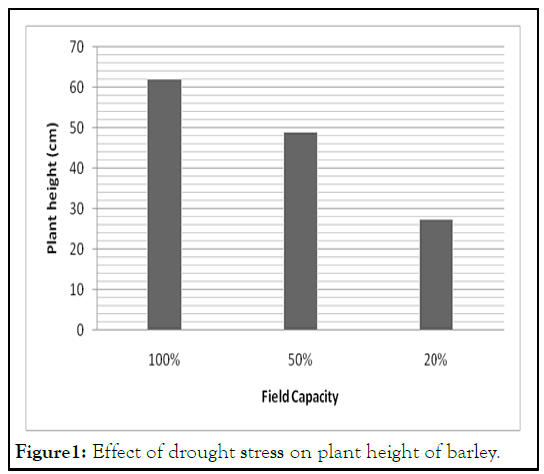
Figure 1: Effect of drought stress on plant height of barley.
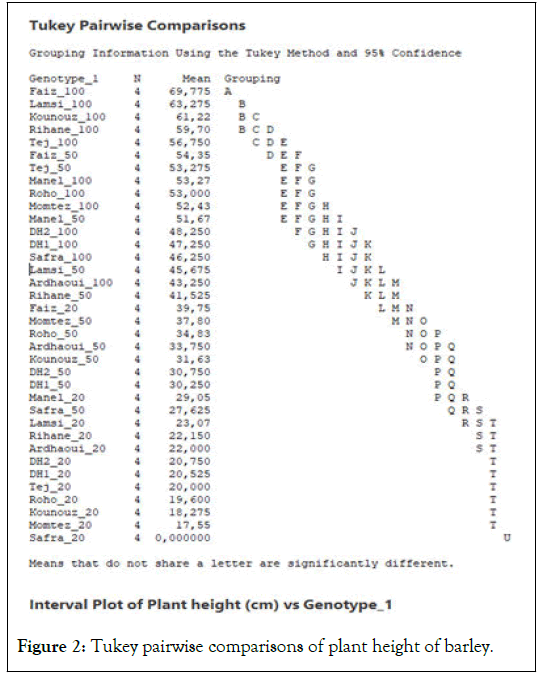
Figure 2: Tukey pairwise comparisons of plant height of barley.
Tillering is a major stage in the development cycle of barley plants because it indicates whether or not seeds are produced during the reproduction phase. A slight reduction observed in the tillering capacity of barley with increasing intensity of drought stress (Figure 3). With decreased field capacity, a significant reduction was observed in fertile tillers, when the minimum has been reached at 20% of the field capacity [8]. the number of fertile tillers was different for stressed and unstressed tillers plants. This difference was due to the application of drought stress at the anthesis stage. However, there were significant differences among all genotypes, the highest number of fertile tillers corresponds to the genotypes Roho, Ardhaoui and DH produced from the cross Roho*Ardhaoui (Figure 4) [9]. Therefore we can conclude that there is genetic diversity among different genotypes that allow us to select the tolerant genotypes in drought condition.
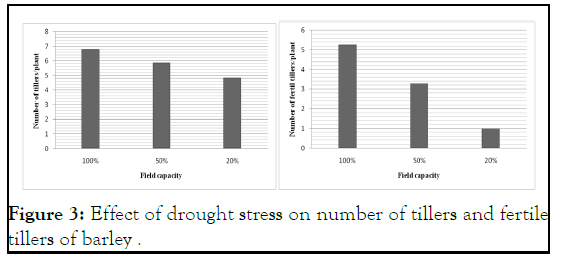
Figure 3: Effect of drought stress on number of tillers and fertile tillers of barley .
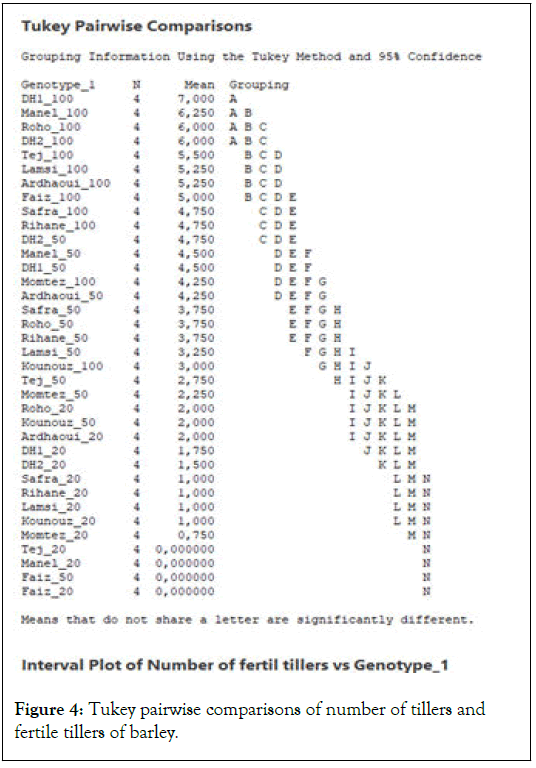
Figure 4: Tukey pairwise comparisons of number of tillers and fertile tillers of barley.
Effects of water stress on root dyn amics and yield
The minimum grain yield per plant was achieved at 20% field capacity similarly; the severe water stress decreased the number of seeds per spike and thousand grain weight up to 70% (Figure 5). The number of grains is a parameter that measures the fertility of the ear that is a varietal characteristic influenced by the climatic conditions (temperature, humidity) and the cultivation techniques applied to the crop between sowing and flowering. The decrease in grain yield in the case of water stress is explained by the early maturity of plants [10]. Stressed plants have a shorter grain filling period and early flowering, which has resulted in incorrect photosynthesis translocation and therefore affected plant vegetative growth period and reduced yield. Larger differences between genotypes were observed, when the genotypes Ardhaoui, DH1 and DH2 appear tolerant of severe water stress (20% field capacity) with highest values of number of seeds per spike and thousand grain weight (Figure 6).
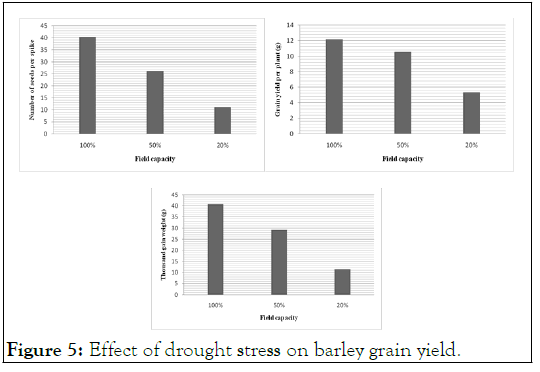
Figure 5: Effect of drought stress on barley grain yield.
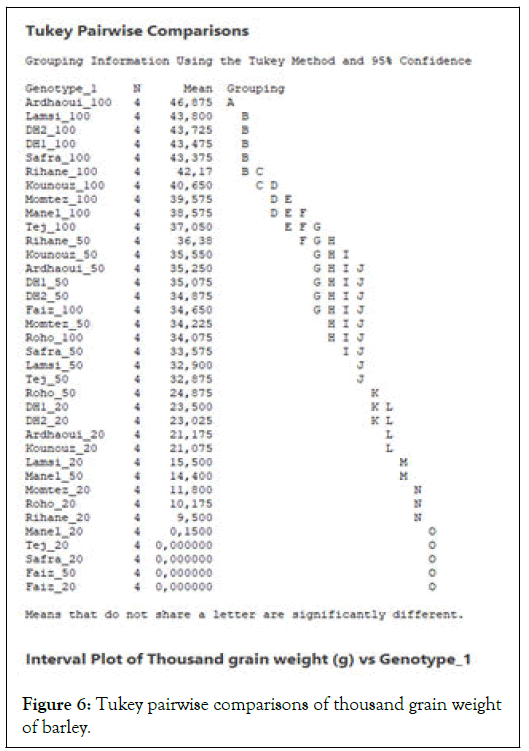
Figure 6: Tukey pairwise comparisons of thousand grain weight of barley.
From the results obtained it is noted that the influence of water deficit exerts a favorable action on the expression of the root length which increases from 100 cm to 250 cm at 20% field capacity (Figure 7) [11]. This is in agreement with the researches of Zeid and Shedeed who studied the opposite trend of root length compared to the rest of the characteristics of the roots studied. The main root length expresses the ability of the genotype to explore a far-distant soil volume and therefore the deeper search for a larger amount of water even if this depth is reached only by a single main root. Both root fresh and dry weights were considerably reduced by the application of water stress when their minimum value is observed at 20% field capacity. The highest root fresh (5.02 g) and dry weight (0.2 g) under the most severe stress (20% FC) were recorded at cultivars of Ardhaoui, DH1 and DH2 and respectively (Figure 8). The root volume reflects an extension or branching of the root system that favors the colonization of a greater soil volume, making the water and nutrient reserves more accessible to the plant. Under water stress, root volume was reduced in all genotypes tested. The reductions ranged from 0.6 cm3 at 100% field capacity to 0.2 cm3 at 20% field capacity [12,13].
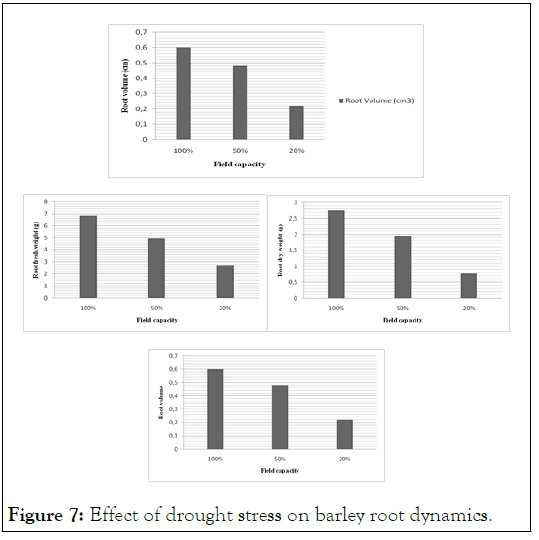
Figure 7: Effect of drought stress on barley root dynamics.
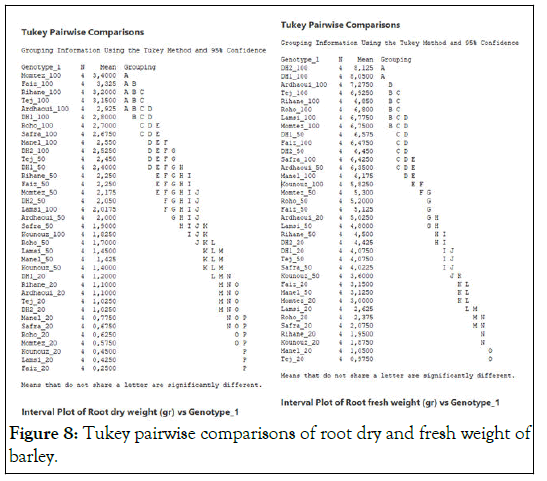
Figure 8: Tukey pairwise comparisons of root dry and fresh weight of barley.
Drought adversely affected barley growth and grain yield with the decrease in root volume and their fresh and dry weight except for the root length. A significant genetic variability is observed at the level of the different parameters related to barley growth and yield. The evaluation approaches presented in our study are converging towards the conclusion that Ardhaoui and and the doubled haploid lines produced from the cross Roho*Ardhaoui are the most drought resistant genotypes.
[Crossref] [Google Scholar] [PubMed]
[Crossref] [Google Scholar] [PubMed]
Citation: Brahmi W, Ltifi A, Haouala F (2023) Effects of Drought Stress on Growth and Yield of Barley. Biochem Pharmacol. 12:001.
Received: 30-Oct-2020, Manuscript No. BCPC-23-8268; Editor assigned: 04-Nov-2020, Pre QC No. BCPC-23-8268(PQ); Reviewed: 18-Nov-2020, QC No. BCPC-23-8268; Revised: 14-Apr-2023, Manuscript No. BCPC-23-8268(R); Published: 12-May-2023 , DOI: 10.35248/2167-0501.12.001
Copyright: © 2023 Brahmi W, et al. This is an open-access article distributed under the terms of the Creative Commons Attribution License, which permits unrestricted use, distribution and reproduction in any medium, provided the original author and source are credited.